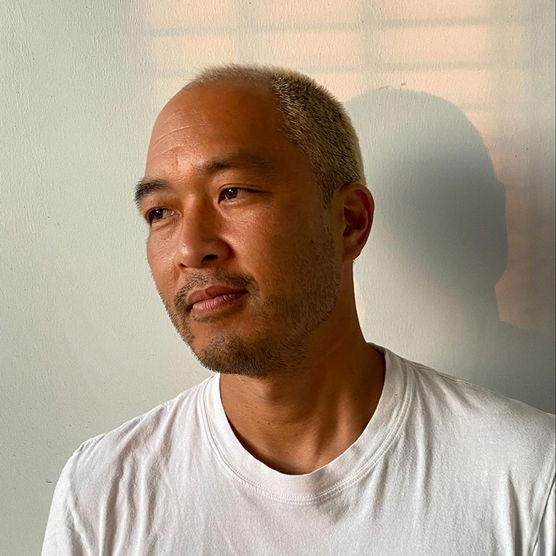Mai Ide (’25)
Mai Ide is a Portland-based artist from Tokyo whose multidisciplinary work explores cultural intersectionality and identity through salvaged textiles and sashiko stitching. Blending vulnerability and resilience, Ide examines the complexities of being an immigrant, mother, and woman in a volatile society.







